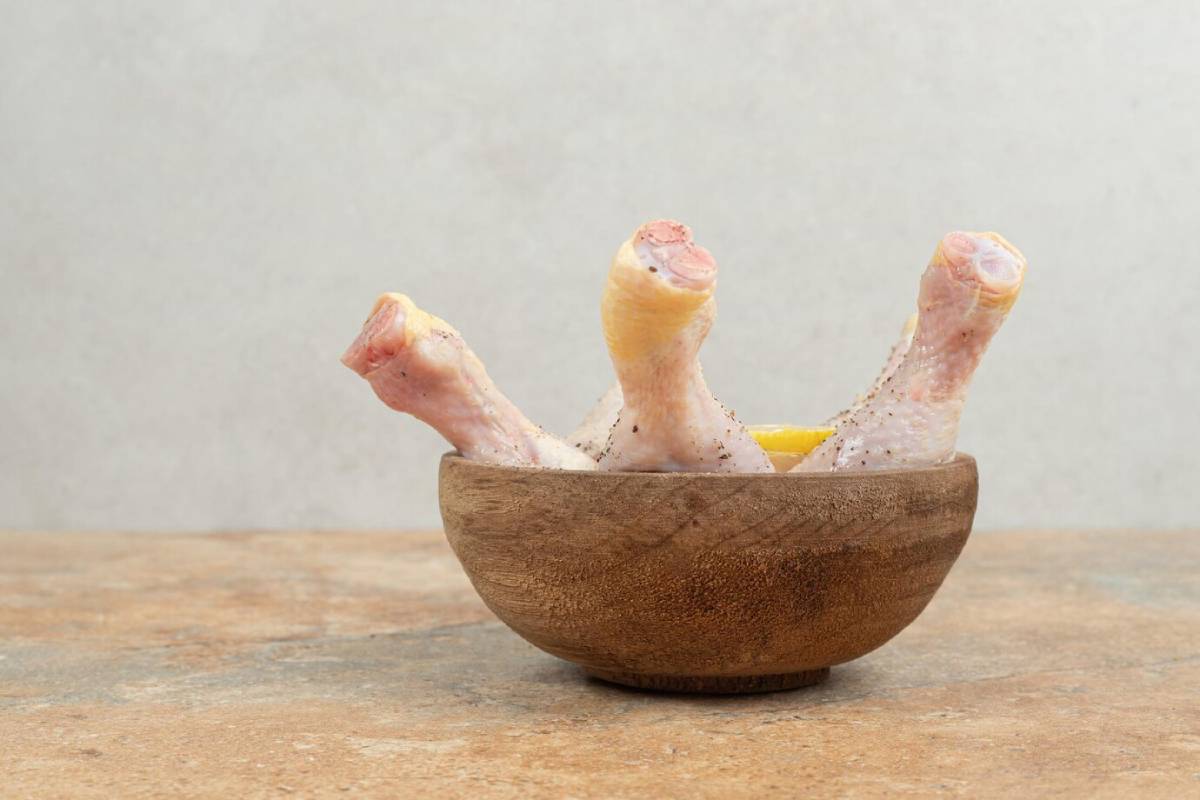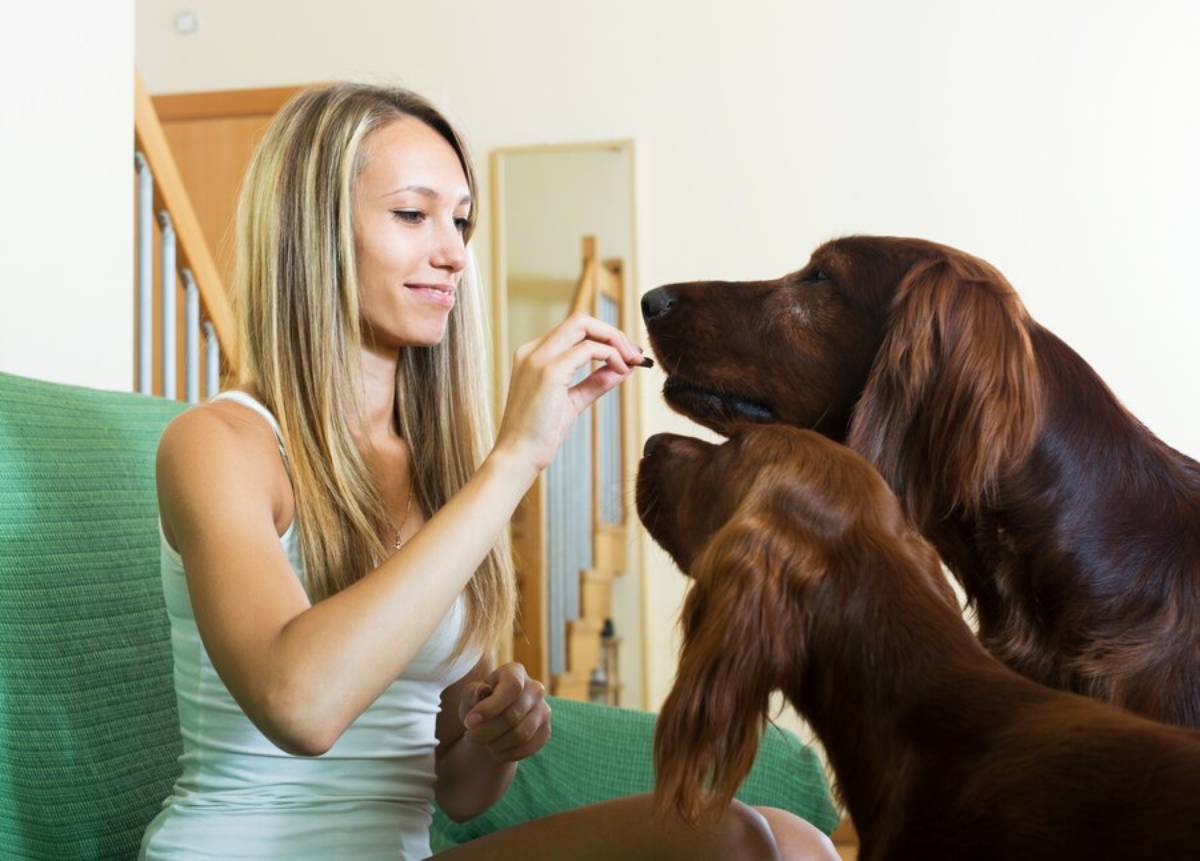
Training Treats: Small and Tasty Rewards for Smarter Dogs
Training your dog should be rewarding for both of you. Whether you’re teaching a young pup to sit or helping an older dog refine their recall, using treats as a form of positive reinforcement is one of the most effective ways to reinforce good behaviour.
But not all treats are created equal. Many store-bought options are packed with additives, salt, or fillers that offer little nutritional value. Worse, they might be too large, crumbly, or bland to motivate your dog during an energetic training session.
That’s where homemade dog training treats come in. They’re easy to make, cost-effective, and you know exactly what’s going into them. This guide will walk you through why small, healthy snacks are essential for training, what ingredients to use, and how to make treats your dog will do backflips for (sometimes literally).
Why Training Treats Are Different From Regular Snacks
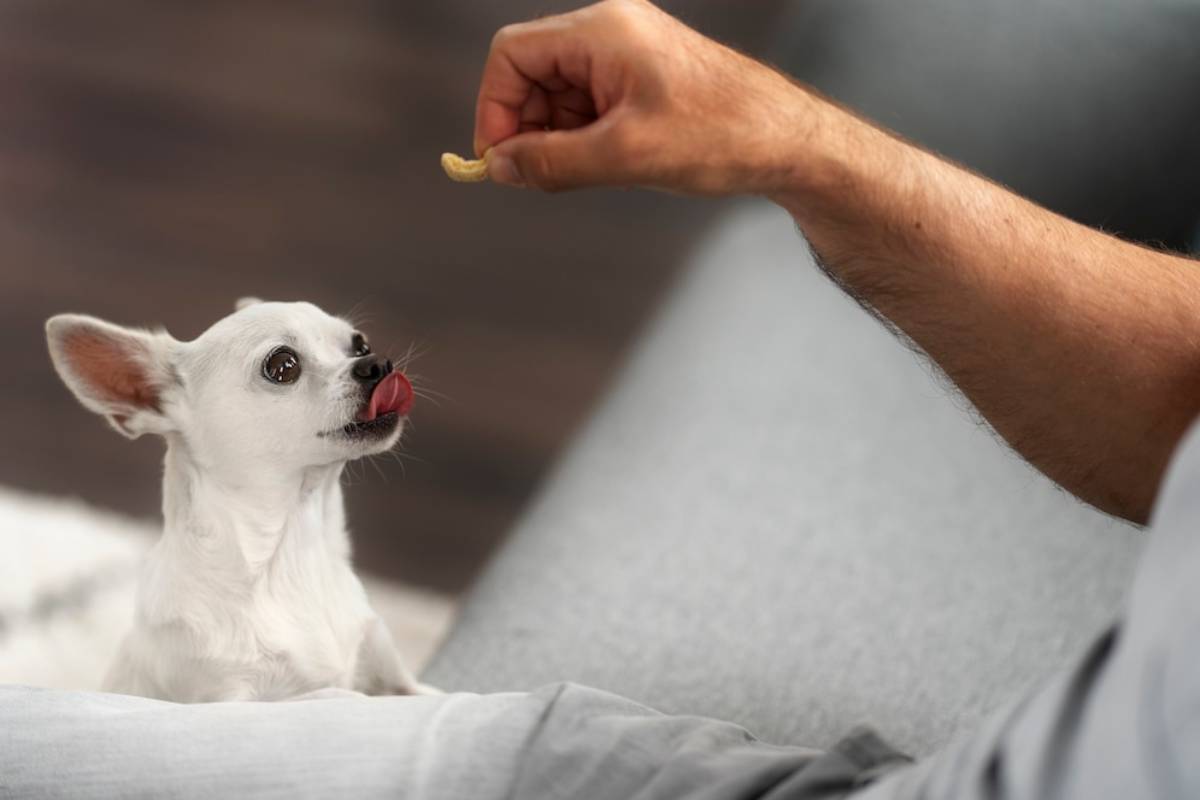
Purpose over pleasure
While regular treats are just a nice way to say “I love you,” training treats are tools. They need to be:
- Small enough for quick consumption without interrupting training flow
- Tasty enough to hold attention even in distracting environments
- Nutritious enough to be fed repeatedly throughout a session
The psychology of reward
Every time your dog gets a tasty morsel after following a command, you reinforce a behaviour. This technique, known as positive reinforcement, is rooted in behavioural science. The quicker and more consistent the reward, the faster the learning.
Size matters
Think of training treats as your dog’s version of a tip jar. A quick nibble says, “Great job!” but doesn’t fill them up. Large biscuits can derail momentum and make your dog lose focus.
Qualities of the Best Homemade Training Treats
Not all snacks work well during training. Ideal dog training treats are:
- Soft and easy to chew (especially for puppies or seniors)
- Aromatic (smell matters to dogs more than taste)
- Low in calories (you’ll be using many in one go)
- Non-crumbly (for clean pockets and treat bags)
Dog-Safe Ingredients to Use
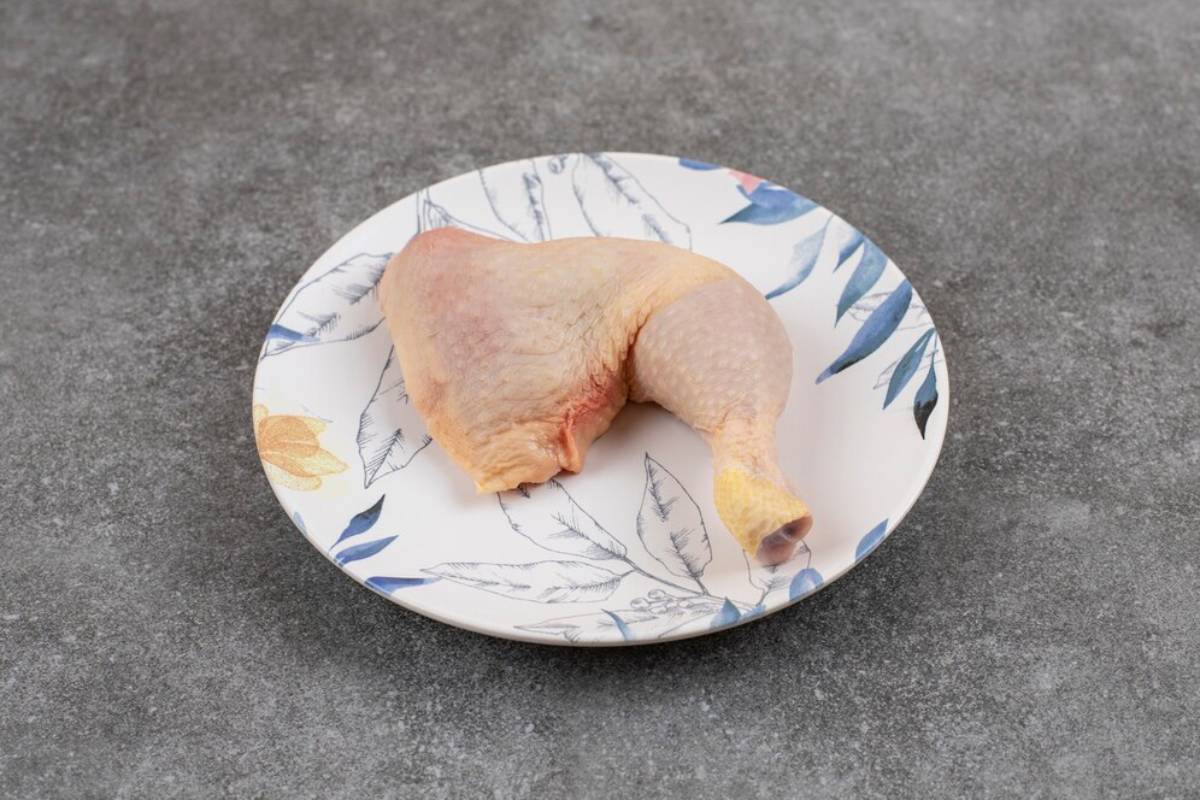
Making your own small dog snacks means you control the quality. Here are some excellent base ingredients:
- Meats: Chicken, turkey, liver, tuna, or beef (cooked and unseasoned)
- Vegetables: Carrots, sweet potatoes, pumpkin
- Fruits: Apples (no seeds), bananas, blueberries
- Binders: Oats, eggs, whole wheat flour
- Extras: Parsley (for breath), turmeric (anti-inflammatory), chia seeds
Always avoid onions, garlic, chocolate, raisins, and anything with xylitol.
Top 3 Homemade Dog Training Treat Recipes
1. Soft Chicken Training Cubes
Why dogs love them: High reward, meaty flavour
Ingredients:
- 1 chicken breast (cooked)
- 1 egg
- ½ cup oat flour
- 2 tbsp water
Instructions:
- Preheat oven to 180°C.
- Blend all ingredients into a thick paste.
- Spread into a lined baking tray and smooth flat.
- Bake for 20 minutes.
- Cool, then cut into tiny squares.
2. Tuna Fudge Bites
Why it works: Smelly (in a good way!) and super motivating
Ingredients:
- 1 tin of tuna in water (drained)
- 1 egg
- 1 cup oat flour
- ¼ cup grated carrot
Steps:
- Mix all ingredients thoroughly.
- Press into silicone moulds or roll into small balls.
- Bake at 180°C for 15 minutes.
3. No-Bake Banana Peanut Bites
Perfect for: Quick prep or dogs with sensitive tummies
What you need:
- 1 ripe banana
- 2 tbsp peanut butter (xylitol-free)
- ½ cup rolled oats
Directions:
- Mash banana and mix in peanut butter.
- Stir in oats until firm.
- Roll into pea-sized balls and refrigerate.
How to Store Homemade Training Treats
To keep your treats safe and fresh:
- Refrigerate soft treats in an airtight container for up to 5 days
- Freeze portions and defrost as needed
- Label with dates to avoid spoilage
Pro tip: Use silicone treat moulds to freeze small portions in handy bite sizes.
Real-World Training Scenarios
A case of recall
Emma, a rescue Labrador, used to bolt when off-lead. Her guardian started using homemade chicken cubes during recall practice. Within weeks, Emma was running back every time she heard her name.
Socialisation success
Max, a young spaniel, struggled with distractions in the park. His owner began taking tuna bites on walks. With consistent, tasty rewards, Max now walks calmly past bikes, squirrels, and even other dogs.
How Often Should You Use Treats?
During active training:
Use treats liberally — every correct response earns one.
Once behaviour is learned:
Transition to intermittent rewards. Mix in praise, play, or affection.
Tip: Keep a mix of low- and high-value treats to match the challenge level.
Tailoring Treats to Your Dog
Every dog is different. Consider these tweaks:
- For overweight dogs: Use smaller sizes or low-fat ingredients
- For picky eaters: Add cheese or liver dust for flavour
- For seniors: Stick to soft, moist textures
Speak to your vet if your dog has allergies or dietary conditions.
The Smart Way to Reward Your Dog
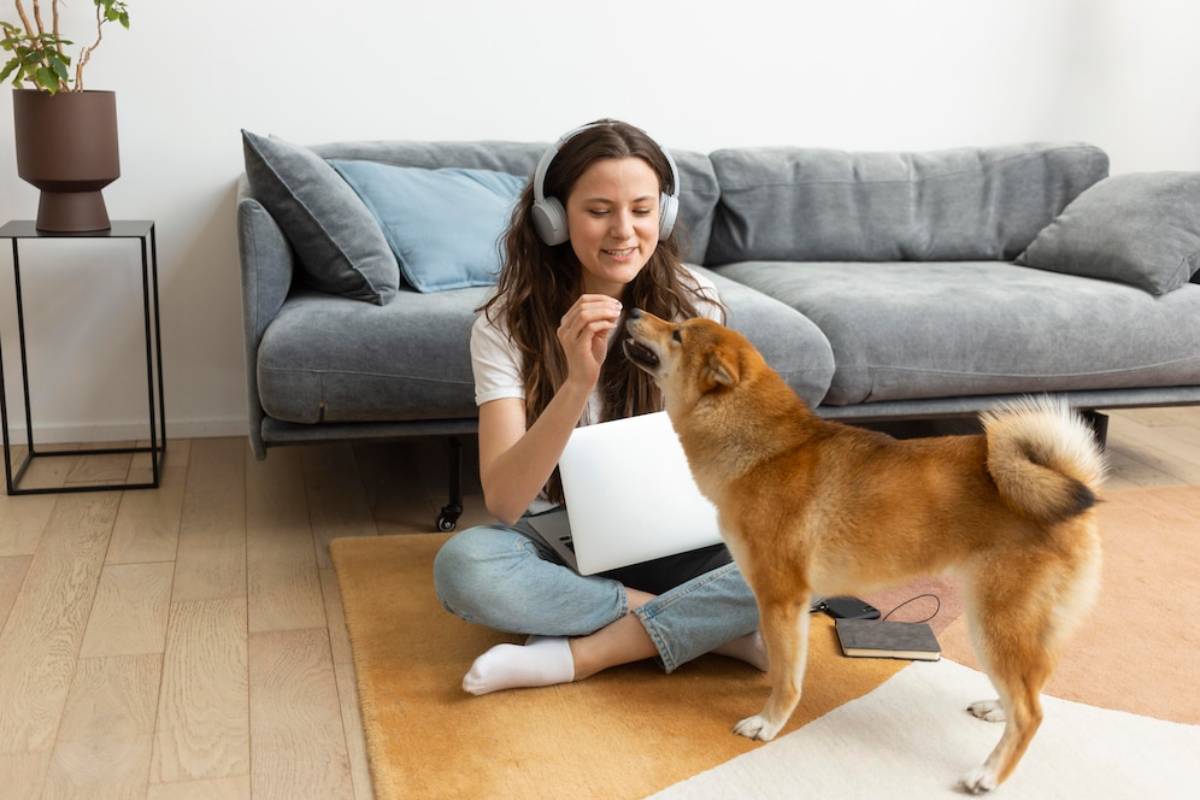
Homemade training treats are more than just snacks — they’re a way to connect with your dog, reinforce good habits, and make learning fun. By choosing healthy, tasty, bite-sized rewards, you’re setting your dog up for success without compromising their wellbeing.
With the right treats in your pocket, every walk, game, and training session becomes an opportunity to build trust and have fun together.
Try one of these recipes today and let us know how it goes! Got your own secret training snack? Share it in the comments or tag us online — we’d love to feature your recipe!
Need more ideas? Subscribe for weekly homemade dog food and treat recipes to keep tails wagging and minds working!

